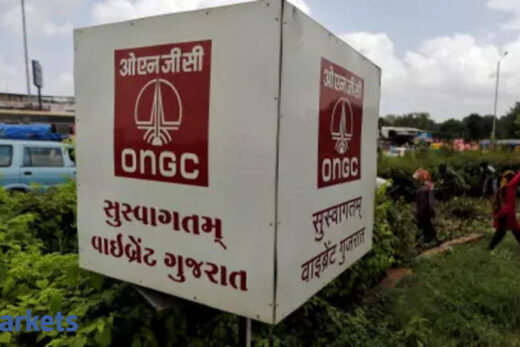What is your market view? Are we in for some sideways and long consolidation given what has happened to the dollar index and how yields have spiked up in the US?
If you look at the way the market has moved over the last 6-8 month period, one cannot really rule out some degree of volatility. Two key factors have been driving markets. One has been the revival in terms of economic activity and the second is corporate earnings. When we look at economic activity and some of the high frequency indicators in February, the numbers continue to point towards activity normalisation and improvement.
On the corporate earnings front, after a fairly long period of time, we saw two consecutive quarters of double digit growth and upgrades outpacing downgrades. The key for the market from here on will be corporate earnings and as economic activity becomes better, the market is going to become far more broad-based than what we have seen in the last three years where market movement was largely polarised.
It is going to be more bottom up in nature but clearly the market is becoming far more broad based than what we have seen. One cannot rule out some degree of volatility but corporate earnings is going to be the key driver for the markets going forward.
What makes you confident that corporate earnings upside is here to stay?
As of now, all the numbers that are coming out on the ground in terms of the high frequency economic indicators continue to show that improvement is clearly visible. At this point in time, one would have to keep a close watch on what is happening with the numbers on the Covid front. We have seen a little bit of an uptick. However, on the other side, vaccination has picked up pace and as the vaccination continues, we believe the overall consumer activity will start to normalise.
The second is on the policy front. Clearly, the policy mix is favourable — both fiscal as well as monetary. The RBI governor has clearly said that monetary policy would continue to remain accommodative with such high levels of public debt to GDP. The onus is on central banks the world over to ensure that the debt markets remain fairly stable and there is not a significant amount of volatility.
Going into Q4, we have a base which is favourable. We have seen that earnings for FY21 and FY22 have been upgraded and while we look at valuations on an absolute basis, Nifty has been trading above long-term average multiples. India relative to emerging markets is trading significantly above mean. So on a relative basis, our valuations are still fairly okay. Also, it is going to be far more stock specific, far more bottom up in nature because the market movement and breadth is likely to be more broad based than earlier where a few largecap stocks contributed to the movement over the last three-year period.
Where do you think we will feel the heat when it comes to the earnings season on account of the commodity price uptick?
So far in terms of the commodity prices, by and large, most of the companies we have been interacting with have been indicating that a lot of the price hikes have been taken and some of this commodity cost impact has been passed on. We will actually have to wait and see how the margin trajectory moves.
For instance, even in case of autos, clearly the commentary is that a lot of the impact from higher commodity cost is getting passed on in terms of higher prices. Even in segments such as IT, where we saw margin surprises over the last couple of quarters, the wage hikes have started coming through. We will have to wait and watch the commentary for margins in FY22.
In the near term, for the immediate quarter, the margin trajectory should hold up. However, clearly the commentary going into FY22 or next year is something that we will watch out for and the impact on the commodity cost as well. As of now, it does appear a lot of the commodity costs are getting passed on. That should help protect margins.
The second key driver for margins will be growth. If growth does come back in a big way as has been seen so far and the growth trajectory continues, then some of the increase in input costs should get negated as well. Remember some of the cost savings that happened because of Covid will also come back on track and that is something we need to keep in mind where margins are concerned.
What is your take on the pharma space?
The way we have been approaching the pharma space has been extremely stock specific in nature. Where the US generic market is concerned, the pressure in terms of price competition has clearly eased though growth is still muted.
The Indian domestic formulation business got impacted because of Covid growth but now we incrementally believe that as things get back to normal, you will get back to close to the double digit growth in a period of time where domestic business is concerned.
Margins have the key surprise where the pharma sector is concerned. The cost-cutting initiatives have been extremely sharp and as things start to normalise, we have to see how much of the margin benefit has flowed through and is maintained with the companies as such. However, our approach has been extremely stock specific in nature. It is not that we are looking at the sector in a very homogeneous manner. It is fairly heterogeneous where we are looking at specific stocks depending upon the positioning and their approval pipeline etc.



